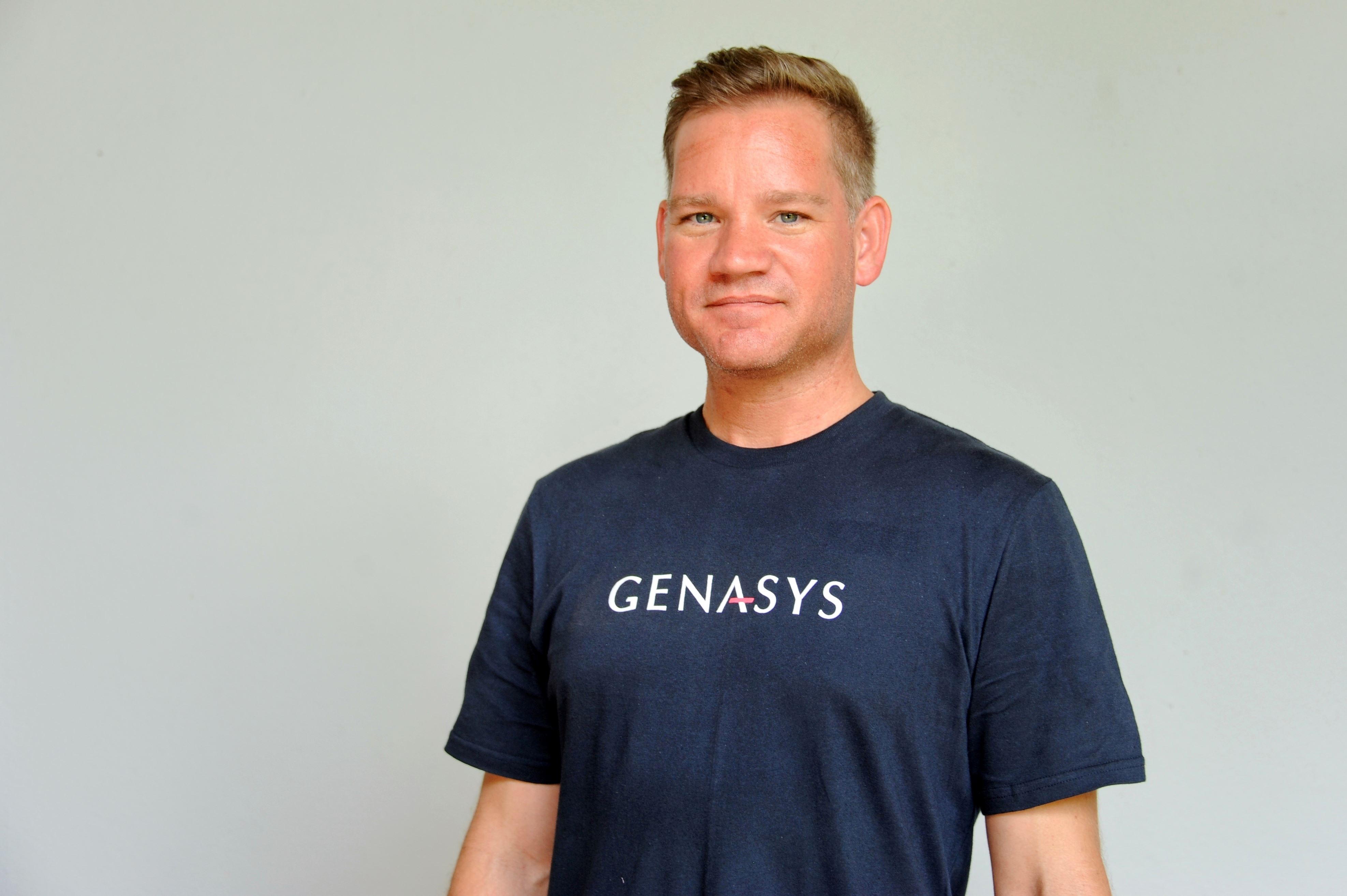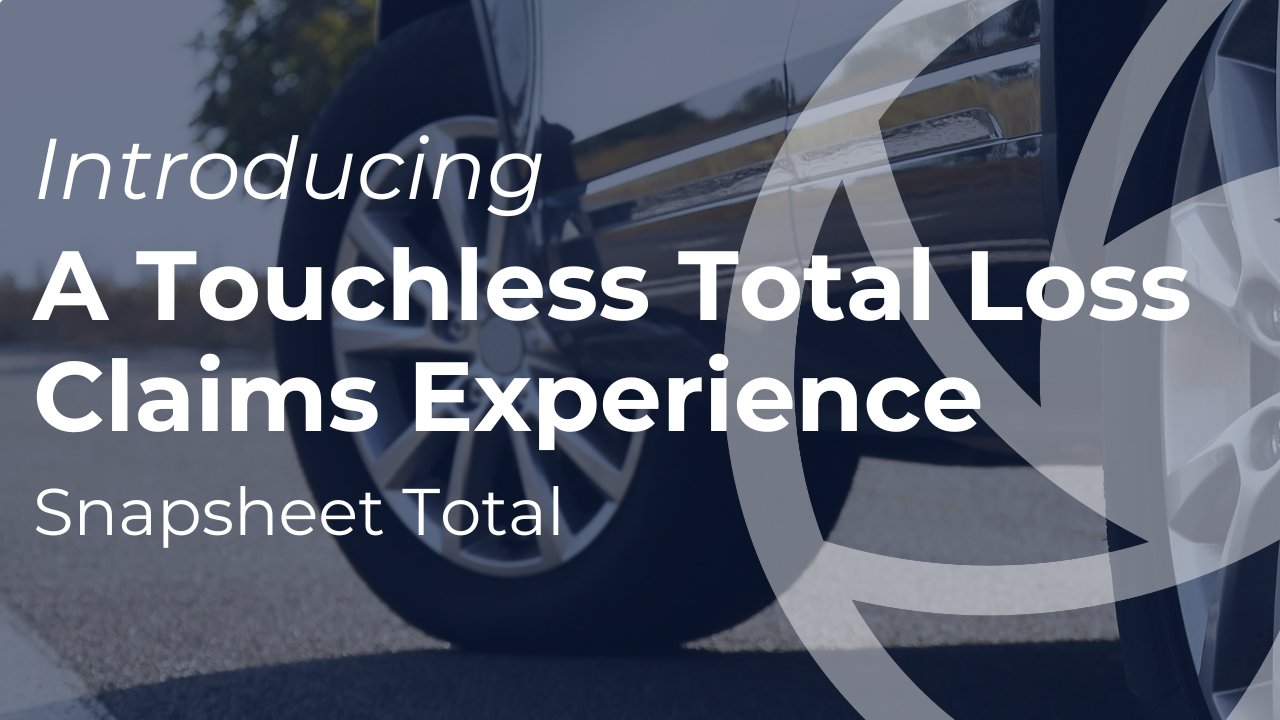If a quarter of a century is a long time, it’s even longer in tech years. 25 years ago, the Palm Pilot was revolutionary, DVDs were just hitting the market, and Google didn’t even exist.
At the same time, Genasys was just getting started. Now, we’ve recently celebrated our 25th anniversary (and we’ve even outlived the Palm Pilot).
The world has progressed so much in a relatively short period – which is why, when I think back to how the insurance industry was back then, the biggest shock for me is that not much has changed. Despite 25 years of hype, some of the industry’s biggest issues remain the same today.
At the end of the day, insurance is a promise to pay a claim and put you in the position you were in before. Yet this continues to be the biggest source of frustration for consumers. A quarter (26%) of end-insureds do not trust their insurance provider to have their back when push comes to shove. When someone’s car gets stolen, it leaves them stranded – and the last thing they need is for their insurer to leave them doubly stranded and in the dark. If you can streamline the claims process, keep people in the loop with what’s happening, and ultimately pay out a lot quicker, you take away a lot of that frustration.
Technology to add value
Tech has the potential to be amazing at tackling these issues, and create real added value. For example, in South Africa, it’s typical to have your boiler in the ceiling. When my boiler burst, there was so much damage that I had to take everything out and replace the ceilings in the kitchen. Not only did that cost the insurer so much, but the inconvenience was terrible for me. If knew I could have paid a higher premium to prevent that, I would. Good tech here can offer a brilliant solution: IoT sensors connected to automatic shut-off valves would have saved me a huge headache and prevented the claim. That’s a win-win for the underwriter and the end-insured, not to mention a product I’d much prefer.
Forget the hype
In reality, this really useful kind of tech – the sort of tech that gets to the heart of removing frustrations and building trust – is painfully slow to materialise; often because insurers are side-tracked by innovation for the wrong reasons, and not focused on the major, age-old problems that we’re still trying to solve.
Over the past 25 years, we’ve seen how insurance companies can be repeatedly tripped-up by hype – driven by buzzwords rather than trying to solve the genuine business problem at hand. We’ve seen so many stop-starts with insurers dipping their toe in the innovation pond and then abandoning plans, because they haven’t got the fundamentals in place first.
I believe there’s an amazing amount of technology out there, and lots of potential to transform the user experience. But now it’s time to focus on the stuff that really matters, to free up resource for the kind of innovation that can genuinely become game-changing for insurers and consumers. This starts with using the right tools and processes to maximise efficiency. If your company is still using manual forms, signing them, recapturing them, printing policy documents and posting them out to policyholders, that efficiency can be created just by digitising the system. The fundamentals need to be in place first, to allow the business to tap into the future possibilities.
The next 25 years: what we know, and what we don’t
What will the industry look like in five, 10, 25 years’ time? Some things never change that much. Insurance will always be a grudge purchase. This means insurers must be constantly looking for new ways to demonstrate value to consumers. If you can capture somebody at the right moment in the buying cycle, you’ve got a much better chance of acquisition.
Technology offers infinite ways of demonstrating value to customers, and I believe that a lot of this potential lies in reaching the customer in the most convenient way – for example, by using GPS location data to offer personalised travel cover as someone checks-in their luggage at the airport.
However, we can’t really predict what new tech and new hype might appear when it comes to technology. What we can do is get ourselves in the best shape to capitalise on innovation.
Be ready for change
Since the earliest days of Genasys, our main drive has been around futureproofing insurance businesses to allow them to innovate, regardless of how things might change. We started building a core back-end platform and then created the digital capability on top of it, focusing on true cloud adoption, open architecture, and dynamic APIs. A platform with back-end maturity makes it possible to integrate easily to beneficial technologies throughout the insurance value chain. For insurers, this allows you to easily adapt your product offering in response to changing consumer needs.
So what does looking back at the last 25 years tell us about the future of insurance? Well, I believe there’s great potential for the industry to adopt the kind of innovation that can solve customer problems, but companies need to get the fundamentals right first. Use technology to improve efficiency, get the basics of good customer experience right and future-proof for the unexpected. I can’t predict what the big hype will be 25 years from now, but I’m certain that if the right tools and processes are put in place now, we’ll see an entirely different rate of innovation than we’ve seen in recent years.

Content provided by Craig Olivier, co-CEO at Genasys Technologies



